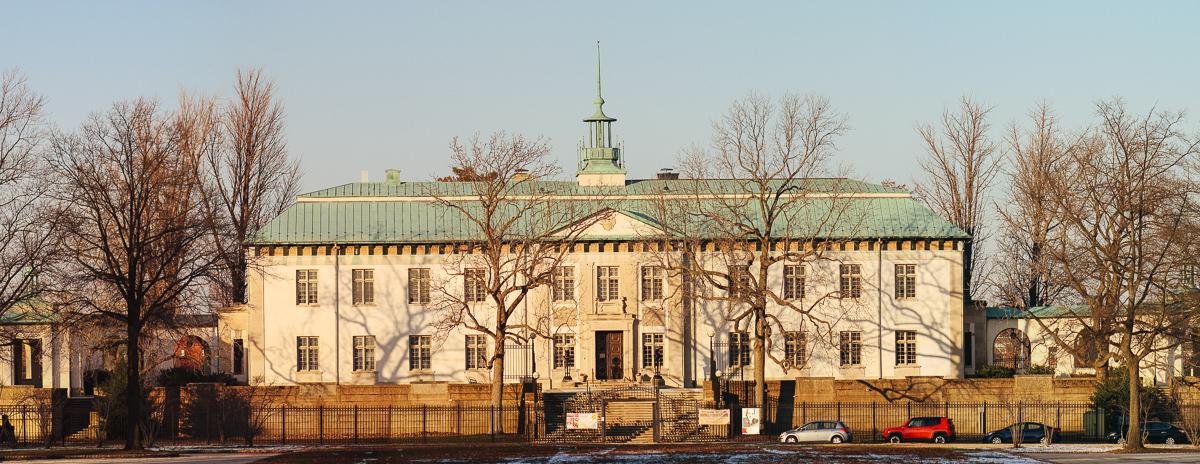Founded in 1926, the American Swedish Historical Museum in South Philadelphia is the oldest Swedish museum in the United States. The Museum is located on the ancestral lands of the Lenape known as Lenapehoking (Lënapehòkink). From 1638 to 1655, this area was also part of the New Sweden Colony, which consisted of settlements, trading posts, and forts along the Delaware River in modern-day Delaware, New Jersey, and Pennsylvania. The Museum’s founder, Dr. Amandus Johnson, inspired a group of Swedish-Americans to build the Museum as a permanent monument to Swedish contributions in the United States, and he chose Philadelphia as the location because of its connection to the New Sweden Colony. Prince Bertil of Sweden laid the cornerstone for the building during Philadelphia’s Sesquicentennial Celebration that took place in 1926 in what is now FDR Park. The museum opened to the public in 1928 and work to finish the interiors and galleries continued slowly throughout the Great Depression. The museum’s grand opening in 1938 celebrated the 300th anniversary of the founding of the New Sweden Colony.
The Museum’s architect, Swedish-American John Nydén, combined architectural features from two prominent edifices in his design. He modeled the main building after a seventeenth-century Swedish manor house, Eriksberg in Södermanland, while he patterned the arcades which flank the Museum after those at George Washington’s Virginia home, Mount Vernon.
The Museum now houses twelve distinct exhibition galleries which explore a range of topics including the New Sweden Colony, women’s history, Swedish immigration, scientific innovations, and Swedish craft arts. The Museum is available to rent for wedding receptions, corporate meetings, and parties.

